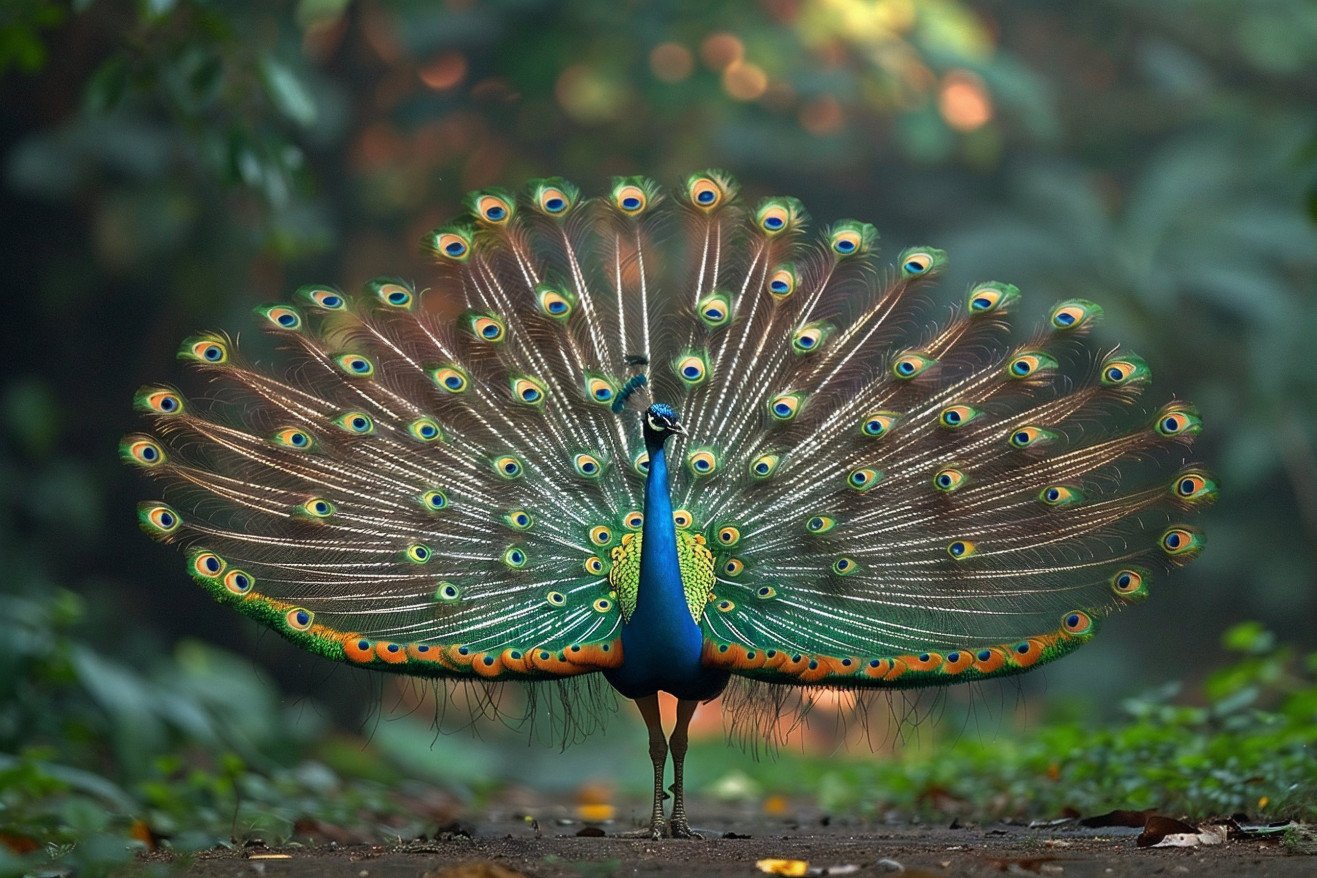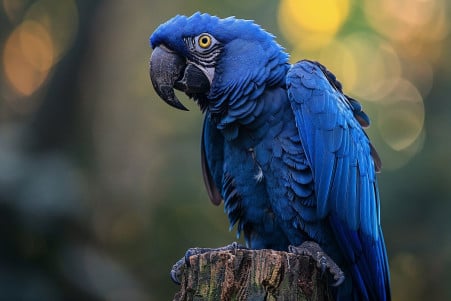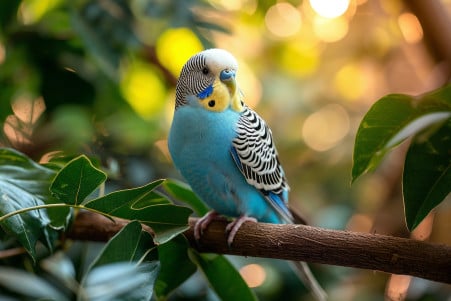Peacock Lifespan: How Long Do Peacocks Live in the Wild and Captivity?
13 March 2024 • Updated 12 March 2024

The majestic peacock is known for its beautiful feathers, but how long does that beauty last? In the wild, peacocks, which are the males of the peafowl species, live an average of 20 years. However, life in captivity can be much longer, with many living 40 to 50 years, due to the lack of predators and diseases.
This article takes a deep dive into the lifespan of peacocks, drawing on a range of scientific studies from the fields of ornithology, ecology, and animal behavior. It covers research that looks at the role of habitat, diet, and human influence in determining how long peacocks live.
It also looks at the impact of reproductive behaviors and conservation on peacock lifespan and the factors that contribute to their longevity. Together, these factors provide a comprehensive picture of the determinants of peacock lifespan.
How long do peacocks live in the wild and captivity?
The Factors of Survival: How Long Do Peacocks Live?
Many different things come together to determine how long peacocks live, from the lush forests they call home to the variety of things they eat.
The Indian peafowl, which is native to the Indian subcontinent and prefers open woodlands, is especially dependent on its surroundings. According to PBS, these birds are most successful in lowland forests and agricultural fields, where their diet of insects, plants, and other small animals is most varied and nutritious, leading to better health and longer lives.
Peafowl are also at risk of being hunted by other animals in the wild. While the Indian peafowl is most at risk from large predators like tigers and leopards, Birdfact notes that the green peafowl, which is currently listed as “Endangered” on the IUCN Red List, is also threatened by habitat destruction and hunting.
The peafowl’s breeding season, which is triggered by the monsoon season, is when the males show off their trains in the hopes of attracting a mate. However, this also makes them more noticeable to predators.
Both human intervention and human behavior have played a role in the endangerment and conservation of peafowl. While some species of peafowl are protected by law, others are still at risk. The interplay of these factors—habitat, diet, predation, and human intervention—determines the peacock’s ability to survive and thrive, and therefore how long they live, which can be up to 50 years in captivity.
It’s important to understand these factors in order to ensure the continued survival and well-being of the peafowl, a subject that deserves further exploration.
Watch Out for Vulnerability: Peacock Health and Disease Management
A peacock’s health is crucial to its overall lifespan. According to Pets on Mom.com, peacocks are susceptible to parasites like lice and mites that can cause anemia, weight loss, and a compromised immune system. Respiratory diseases, including Newcastle disease and fowl pox, are highly contagious and can be fatal. While not all diseases are curable, symptoms can be managed through antibiotics and proper care.
Peacock Farming demonstrates the danger of diseases like avian influenza and Marek’s disease, which attack the respiratory and nervous systems, and can be fatal if not treated. Vaccinations are important in preventing these diseases and protecting the overall health of the flock.
Bird Vet Melbourne explains that veterinary care is important for the early detection and treatment of common problems like worm infestations and coccidiosis, which can be very damaging to a peacock’s health. Good hygiene and regular check-ups are important for disease prevention and management strategies that can help peacocks live longer lives, both in captivity and potentially in the wild.
These strategies set the stage for a conversation about how peacock reproductive behaviors can impact their overall lifespan.
The Circle of Life: Peacock Reproduction and Life Expectancy
The peacock’s mating ritual is a fascinating part of the circle of life and a key part of the peacock’s survival. Peacocks are sexually mature at three years old, according to the Animal Diversity Web.
They have a breeding season that is dependent on the weather and can last from March to August. During this time, peahens lay eggs every other day, and the eggs take about 28 days to hatch.
The number of clutches a peahen can lay, especially in captivity when eggs are taken away to encourage more laying, can help determine how many offspring she will have in her lifetime.
The mating rituals, including the tail feather displays and dances, are directly tied to the peacock’s ability to mate, which is a key part of the peacock’s overall fitness and life expectancy.
Peacocks UK notes that peahens prefer males with the most impressive tails, which they believe is a sign of fertility. This natural selection helps ensure that the best traits are passed on and also shows that these males are healthy and strong, which may help them live longer.
On the other hand, inbreeding in captivity can cause genetic problems. To prevent this, organizations like Peacocks UK make sure to have different bloodlines and rotate peahens between different peacocks every year to ensure that the peacocks have genetic diversity and are resistant to diseases.
This is important because inbreeding can lead to deformities and a shorter life expectancy, which shows that genetic diversity is important for the health and life expectancy of peacocks in captivity.
Charting the Course to Conservation: Peacock Conservation and Longevity
The green peafowl, a close relative of the peacock and a symbol of natural beauty, is currently in danger due to a number of factors that have led to its endangered status. These include habitat loss, hunting, and the pet trade.
The IUCN Red List lists the green peafowl as Endangered, which means that conservation efforts are needed to ensure that the species survives. In the Indochina region, conservation goals are aimed at reversing the loss of habitat and illegal hunting, which are the main threats to the birds’ survival.
Conservationists working on projects like the proposed A Yun Pa Nature Reserve in Vietnam are actively protecting the green peafowl by monitoring their status and working to relieve pressures from local communities through education and alternative livelihoods. Legal measures in places like Yuxi, Yunnan, have stopped development that would have destroyed the green peafowl’s last remaining habitats in China, showing the power of conservation laws.
These efforts are aimed not just at saving peacock species but also at creating circumstances that could lead to their longevity. While conservation alone won’t solve all of the challenges that these species face, examples from around the world show that human intervention can improve the health and longevity of these birds.
The success of legal protections, habitat conservation, and community involvement in these cases bodes well for the future of peacocks and their conservation.
Looking Back on the Peacock’s Life: Life Span and Impact
The life span of the peacock is a complex web that includes a variety of factors such as habitat, diet, predators, human intervention, and medical care. In the wild, peacocks live in the forests of the Indian subcontinent and can live for about 20 years.
On the other hand, those in captivity can live for up to 50 years with the help of humans. This difference in life spans shows how the peacock’s environment and human intervention can affect its life expectancy.
The importance of ongoing research and conservation can’t be overstated; it’s the foundation for the future of the peacock. Conservationists are essential to the survival of these birds as they work to protect them from threats like habitat loss and poaching. The study of the peacock’s life span is more than just an academic exercise, it’s a commitment to their survival and a commitment to the world’s biodiversity.
In the end, we’re left with a sense of the peacock’s inherent value. Their survival and longevity serve as evidence of the balance of the natural world and the human obligation to maintain it.


